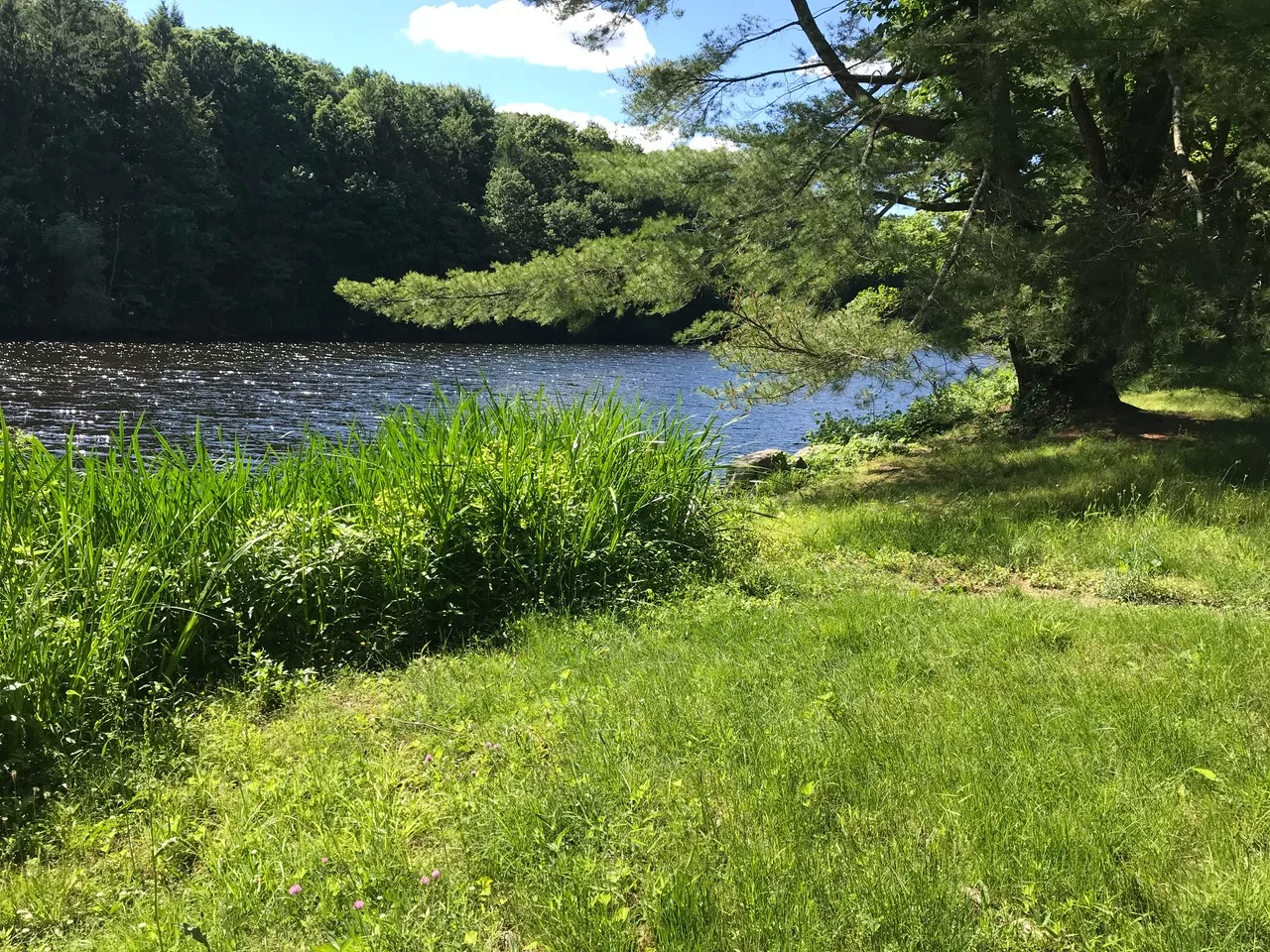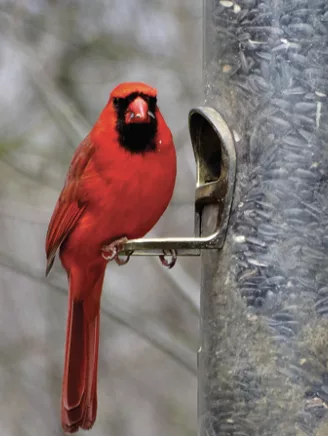
Many things about land trusts may surprise you. We’d venture that many of us are unsure precisely what a land trust is. We are also confident that most do not recognize the current and potential impact of land trusts in Connecticut and across the country. Importantly, it’s probably news that Connecticut trails behind all other New England states in land conservation.
Land trusts play a critical role in protecting open space, safeguarding water quality, stemming the decline of wildlife populations, and improving climate resilience. Let’s dig into some surprising facts about land trusts and conservation in Connecticut.
Defining Land Trusts
First, let’s start with a definition. Here’s how the Connecticut Land Conservation Council defines a land trust:
Land trusts are nonprofit, community-based organizations dedicated to the permanent protection and stewardship of land for public benefit.
Land trusts work closely with landowners, communities, and other nonprofits to conserve land in perpetuity through acquisition, gifts of property, or conservation agreements, called conservation easements. Tax-exempt charitable donations support land trusts.
New Canaan Land Trust
Closer to home, the New Canaan Land Trust was founded in 1967 by three New Canaan residents, Jack Gunther, Elise Lapham, and Mary-Lib Katzenbach. Inspired by the emerging environmental movement, NCLT was created as a private organization that could swiftly protect open space in the face of development. The drawn-out process surrounding New Canaan’s then-recent acquisition of Waveny Park convinced the founders that a private land trust was essential to get the job done.
The New Canaan Land Trust has set ambitious goals for future conservation. Our 2020-2040 Strategic Plan set a goal of doubling the number of protected acres to 800 from 400.
Today, NCLT is the largest private landowner in New Canaan, protecting nearly 350 acres of land, with an additional 50 acres under conservation easements. Close to half of its holdings are open to the public across eight different preserves with 5.5 miles of trails. Only ten years ago, in 2013, the public first gained recreational access to the Land Trust properties. Since then, new leadership has inspired its transformation, resulting in tremendous growth in membership, programming, stewardship, and public support. The organization became an accredited land trust in 2019.
Land Trusts in the U.S. and CT
Like NCLT, land trusts across the country play a vital role in protecting open space. Nearly 1,300 land trusts have conserved over 61 million acres of private land nationwide. That is more than all the national parks combined!
In Connecticut, over 130 land trusts oversee more than one out of every 20 acres across the state — a much larger share than what’s controlled by the federal government! In specific terms, Connecticut’s land trusts safeguard roughly 215,000 acres and comprise 85% of the conservation land not held by the state. Notably, since 2019, Connecticut has seen a 32% increase in open space protected by land trusts. New Canaan and communities across the country owe much to the conservation efforts spearheaded by these dedicated organizations.
Unmet Conservation Goals
Despite our best efforts, Connecticut has not achieved its stated conservation goals. In 1997, the CT State General Assembly set the goal of conserving 21% of its land base by 2023: 10% by the state itself and 11% by others, including land trusts and municipalities. Now that it’s 2023, the milestone of 673,210 conserved acres remains unmet by 14% or 94,000 acres.
We also fall behind our New England neighbors. Compared to CT’s 18% of conserved open space, every other New England state boasts a higher percentage — ranging from Rhode Island’s 20% to New Hampshire’s 33%. A funding deficit accompanies Connecticut’s shortfall. Research by Wildlands & Woodlands, a Redding-based and Harvard-affiliated nonprofit, found that between 2004 and 2014, Connecticut spent the least on land conservation among all New England states. Spending has not improved since then.
While Connecticut lags behind its neighbors, there’s a growing consensus to set even more ambitious conservation targets both globally and nationally. Thirteen U.S. states, the Biden administration, and over 100 countries worldwide have signed the 30×30 pledge – a science-driven goal to protect 30 percent of the planet by 2030. 30 X 30 is gaining momentum as a tangible target to curb the increasing average global temperature and mitigate climate change’s other destructive environmental impacts.
New Canaan Land Trust, too, has set ambitious goals for future conservation. Our 2020-2040 Strategic Plan set a goal of doubling the number of protected acres to 800 from 400. This 20-year goal recognizes the high stakes that face the planet in the 21st century and the essential role that NCLT, like other land trusts, plays in protecting our natural resources.
So, you may ask: how can I help protect New Canaan as we know it today? Here are some ways:
1) Become a member of the Land Trust to support our ongoing work.
2) Consider conserving your property as an easement or donation to the Land Trust.
3) Learn more by joining our monthly Last Saturdays on the Trail events.
4) Attend our annual meeting on November 2nd at the Nature Center.
To stay updated and involved, sign up for our newsletter at NewCanaanLandTrust.org or reach out at info@newcanaanlandtrust.org. Together, we can work towards preserving the New Canaan we cherish today.
Nancy Bemis, Tom Reynolds, and Beth Sanford are board members of the New Canaan Land Trust. Founded in 1967, the NCLT is an accredited Land Trust whose mission is to foster a connection between the New Canaan Community and its natural resources through the conservation and sustainable stewardship of our open space.


